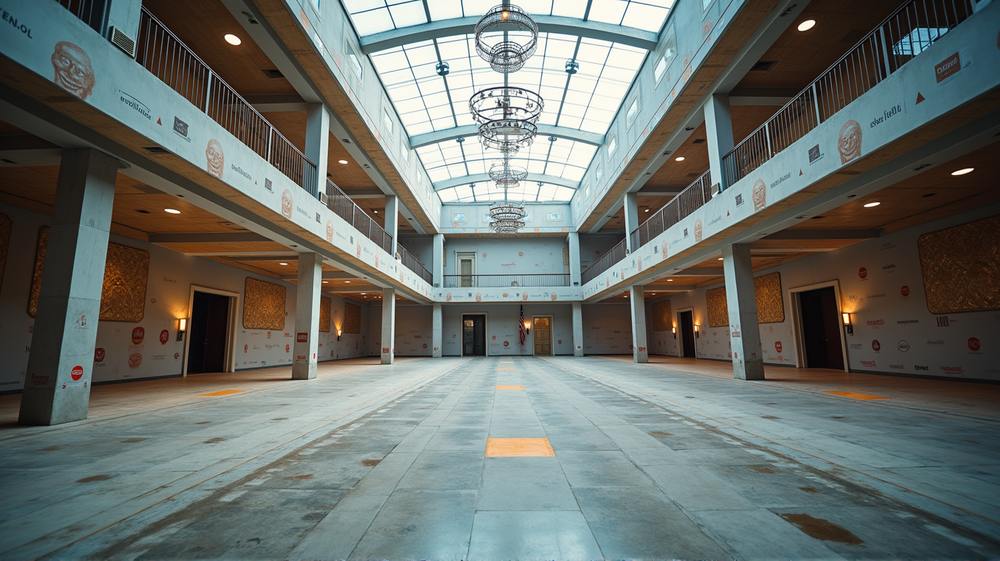A Grand Vision Met with Scrutiny
In the heart of Washington D.C., amidst the historical allure of the White House, construction commences for a $300 million ballroom, a project absent of taxpayer burden. Instead, this grand vision, heralded by President Donald Trump, draws financial backing from a roster of private donors including Apple, Amazon, and Google. Such influential names naturally stir curiosity and ethical concerns over potential expectations and returns on these charitable gestures.
Concerns Arise: Ethics Under the Spotlight
Echoes of scandal resonate as constitutional lawyer Bruce Fein highlights potential violations of the Anti-Deficiency Act. According to Fein, “[Trump] is completely transactional… Funders of the ballroom will be rewarded with regulatory favors or appointments.” This bold claim rests on the act’s prohibition against federal agencies accepting unauthenticated private donations, raising alarms over potential ethical infringement reminiscent of privately funded initiatives like a proposed border wall.
Who’s On the Donor’s List?
CBS News sheds light on the illustrious contributors, revealing names like Lockheed Martin and the Winklevoss twins, among others. With companies like Lockheed pledging millions amidst its $32.1 billion in government contracts, questions emerge about the intersection of public interest and corporate leverage. Moreover, tech giants embroiled in federal legal disputes are notable financiers, potentially coloring their motivations with shades of quid pro quo.
Ethical Quandaries Multiply
Former White House ethics lawyer Richard Painter captures the sentiment succinctly: “It’s using access to the White House to raise money.” This quandary fuels the Democratic committees’ demand for transparency, encapsulated in a rigorous report request from Trump. Their call for openness injects urgency into the narrative, especially amidst a government paralysis, as citizens yearn for accountability.
Conclusion: A Complex, Intricate Web
As lawmakers press for transparency and ethical rigidity, this opulent construction unfolds as a myriad of allegiances, legal puzzles, and ethical dilemmas. The juxtaposition of historical reverence with modern corporate influences exemplifies a narrative fraught with possibilities for scrutiny, action, and, ultimately, revelation. Significantly, while the ballroom promises magnificence, it also stands as a symbol of intersecting political, ethical, and economic discourses that engage, challenge, and inspire ongoing dialogue.
According to Straight Arrow News, this saga surrounding the White House ballroom not only illuminates current ethical dynamics but also beckons us to ponder the enduring relationship between politics and private interests.













